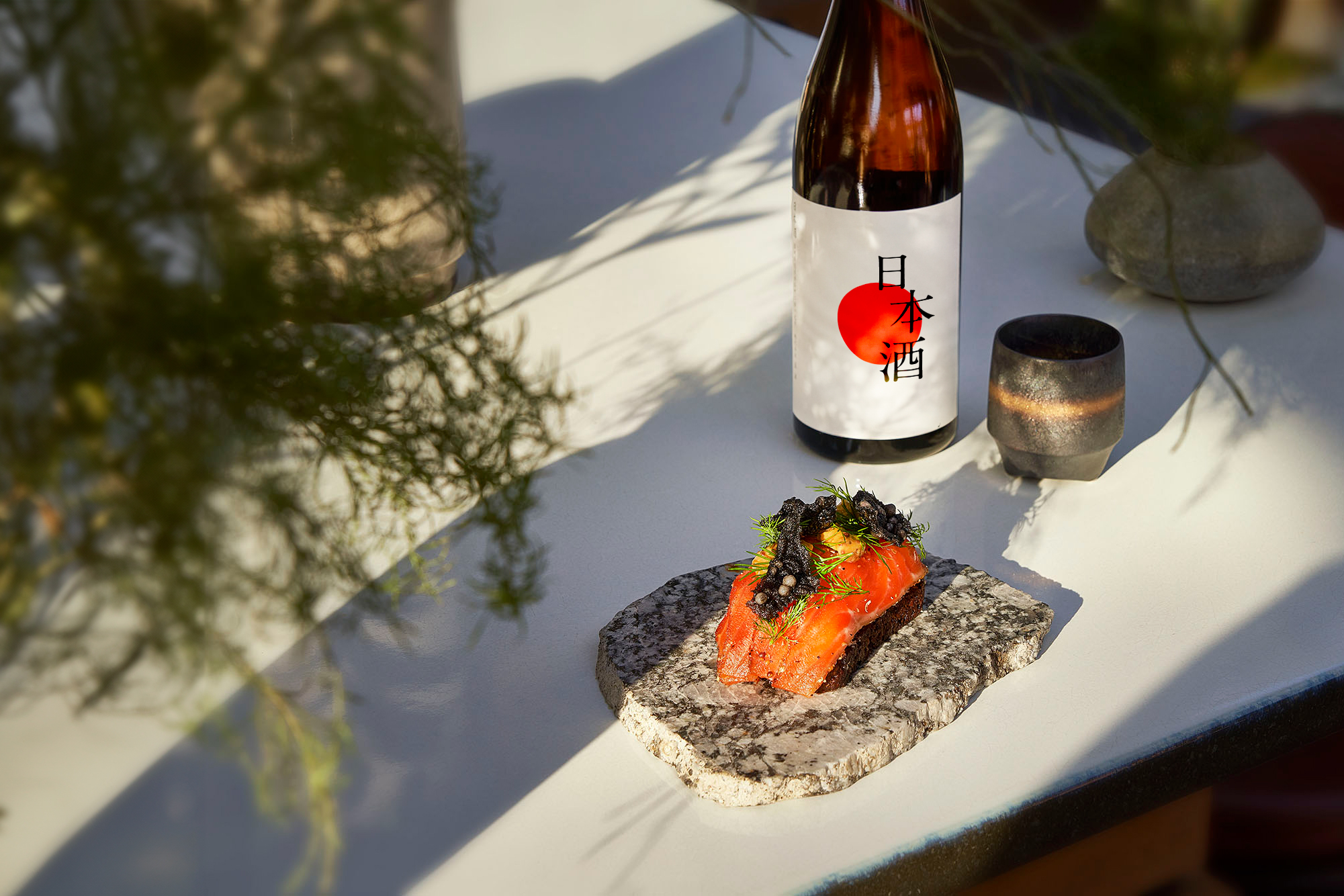Restaurant Industry News speaks with Natsuki Kikuya, an expert sake sommelier and WSET (Wine and Spirit Education Trust) Sake Qualification Manager on the launch of JFOODO campaign

- Talk us through your journey into the industry!
I grew up in a family of sake brewery descendants in Akita, Japan. Although my interest in sake came later in life after starting my first job (which was not connected to sake at all) when my beloved sake grandfather got unwell. I started exploring the sake world while working in a sake shop in Tokyo where I met many sake experts and producers and fell in love with the category.
I had also learned that the sake industry has been in a slump for the past 70 years and many sake makers are closing down every year. As I spent my university time in the U.S. I thought I could help my family’s export side. I then moved to the UK 14 years ago to work as a sake sommelier at Zuma restaurant in Knightsbridge, and since then so many opportunities have opened up to be where I am today.
- Please can you explain to our readers what Sake is?
If you trace the food culture and history of Japan, there is an unavoidable relationship between our land, abundant source of water and rice production. Ever since the Japanese descendants had brought wet rice cultivation culture from China over 5,000 years ago, rice has always been the centre of our diet and has been playing an essential role in Japanese food culture. As a byproduct of rice, a purely fermented alcohol drink from rice and water, “sake” became a national alcoholic beverage of Japan over 2,500 years ago.
Because it was firstly produced within the shrines of Japan’s oldest religion Shinto, Sake is still a key element of many Shinto rituals and Japanese festivals. Sake is linked to Japanese culture in many ways and expresses the beauty of Japanese nature, traditions, culture and whole spirit.
Sake is gently fermented, and is in a family of beer and wine with an average of 15-16% abv. It can be enjoyed in the widest range of temperatures from chilled to warm or hot, depending on the style or flavour characteristics of sake.
It is often pronounced “SAH-ki” by English speakers, yet in Japanese it is more like “SAH-KEH”. It literally means “alcohol” in general so if you want to specify this drink we call it “Nihonshu 日本酒” in Japan, which translates as “Japanese alcohol”.
- Gives us an insight into some of the UK leading restaurants you have worked for?
Apart from Zuma and Roka restaurants where I started my sake career, I worked to help set up the sake program at Endo at Rotunda, Sachi at Pantechnicon, Kanesaka London and I am currently working on opening a new sake bar named Janome at the OWO by Ruffles Hotel.
- What is your experience of being a sake sommelier at leading restaurants?
It has been an incredible journey to witness so many customers’ sake discovery moments. Collaborating with London’s incredible chefs like Kazutoshi Endo, Tomos Parry, Isaac McHale, and Johnny Lake taught me how sake has a place in the future to bring new pairing experience to customers.
- What has been the highlight of your career so far?
Getting involved to establish WSET Sake qualification with Antony Moss, MW in 27 different countries has given me so many opportunities to meet wonderful sake superheroes all across the world. I believe education is a key and an essential path to introduce this unknown category to the world, and WSET offers a global platform and universal approach for everyone to teach and learn sake.
- Can you tell us more about what the Pairings of Perfection campaign is and your involvement within it?
JFOODO’s Sake Seafood Sensations campaign celebrates World Sake Day on October 1st, and looks to showcase the perfect pairing of Sake and seafood dishes. We have teamed up with 20 top restaurants across the UK to curate bespoke paring menus, which will showcase the versatility of sake, not only paired with sushi or Japanese dishes, but also Western and diverse world flavours.
- What is Sake’s versatility of pairing options with seafood?
Sake enfolds the legacy of Japan by being nurtured in local diets and nature, there it is only natural to understand that sake and seafood is a match made in heaven. With sake’s flavour components, it has cleansing / washing effects in your palate to remove any fishy or unpleasant tastes, and lift up the “umami” of ingredients to harmonise. Additionally sake contains low levels of acidity or no iron or tannin which could create unpleasant flavours when paired with some oily fish.
- How have you collaborated and supported new restaurants to launch JFOODO Pairings of Perfection campaign?
For the new restaurants to launch sake, I helped with the selection of sake to pair with their choices of seafood dishes, introduction to sake distributors and bringing in-depth sake training & tasting sessions to the restaurant teams.



Leave a comment